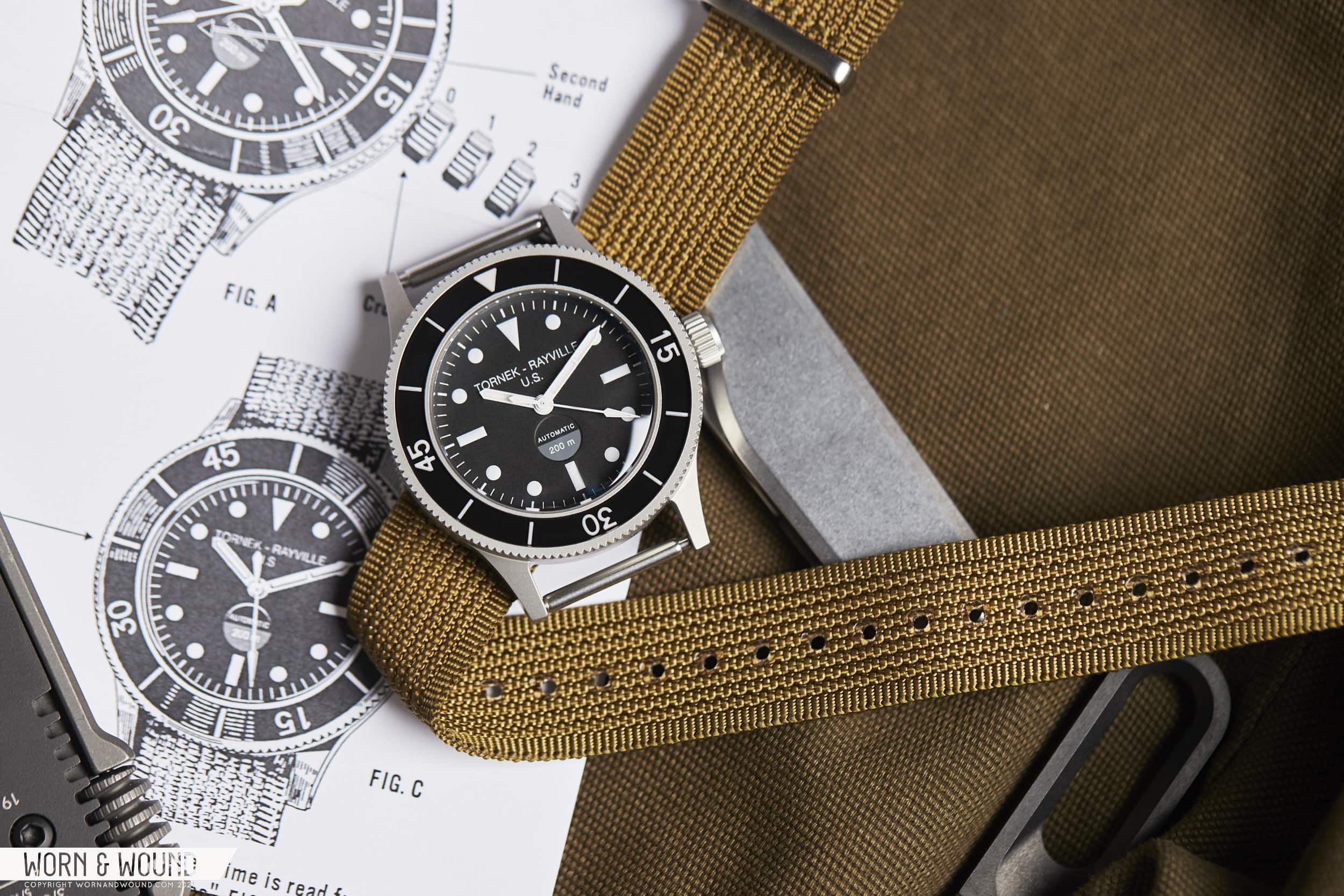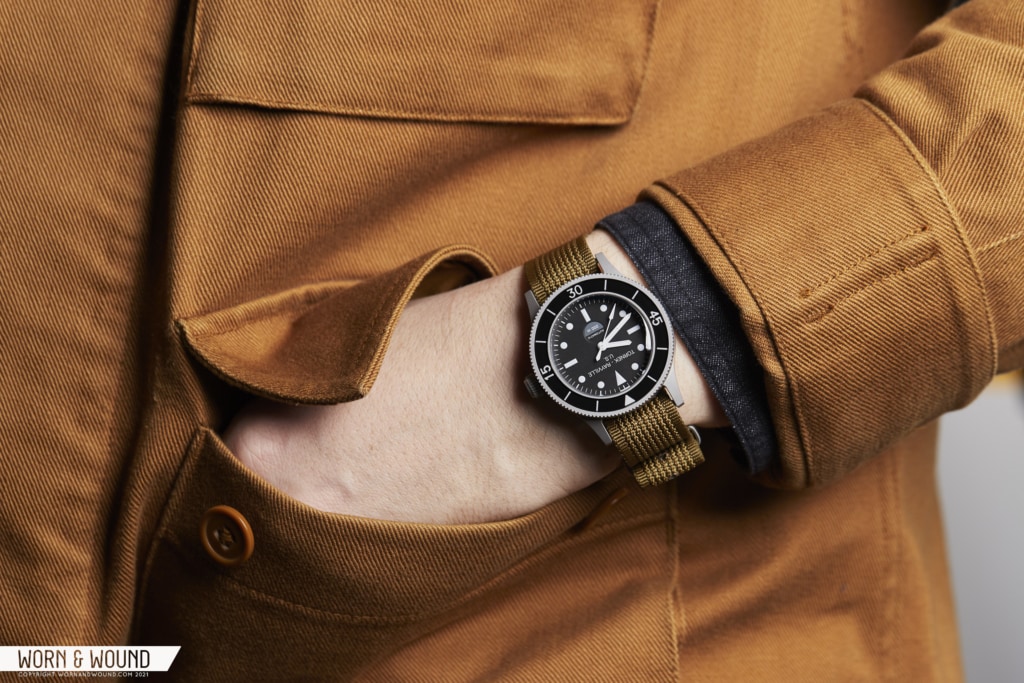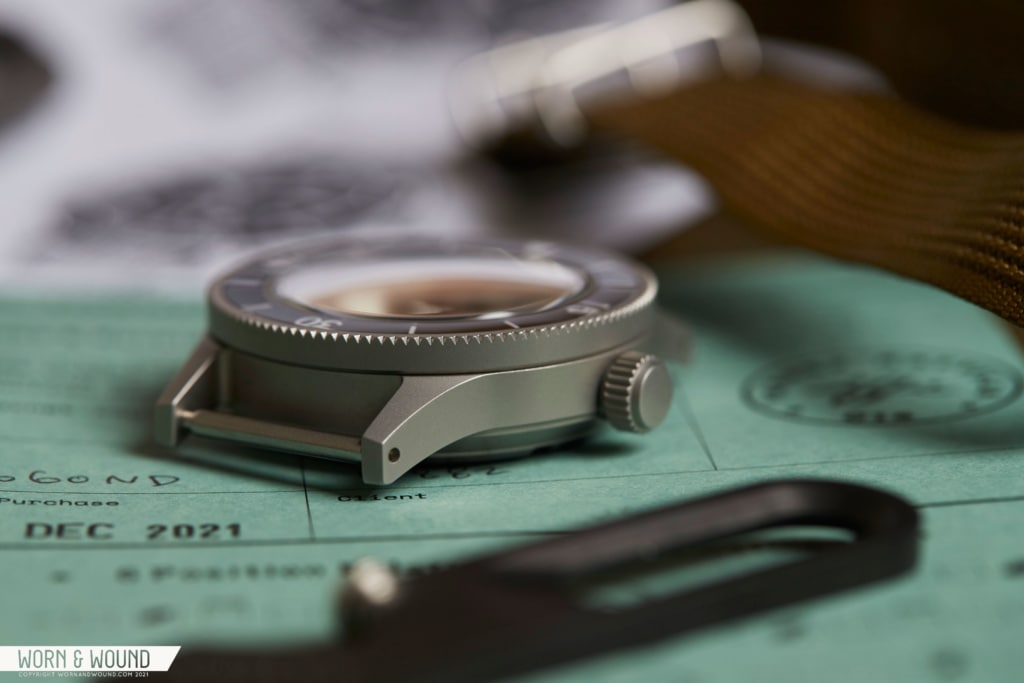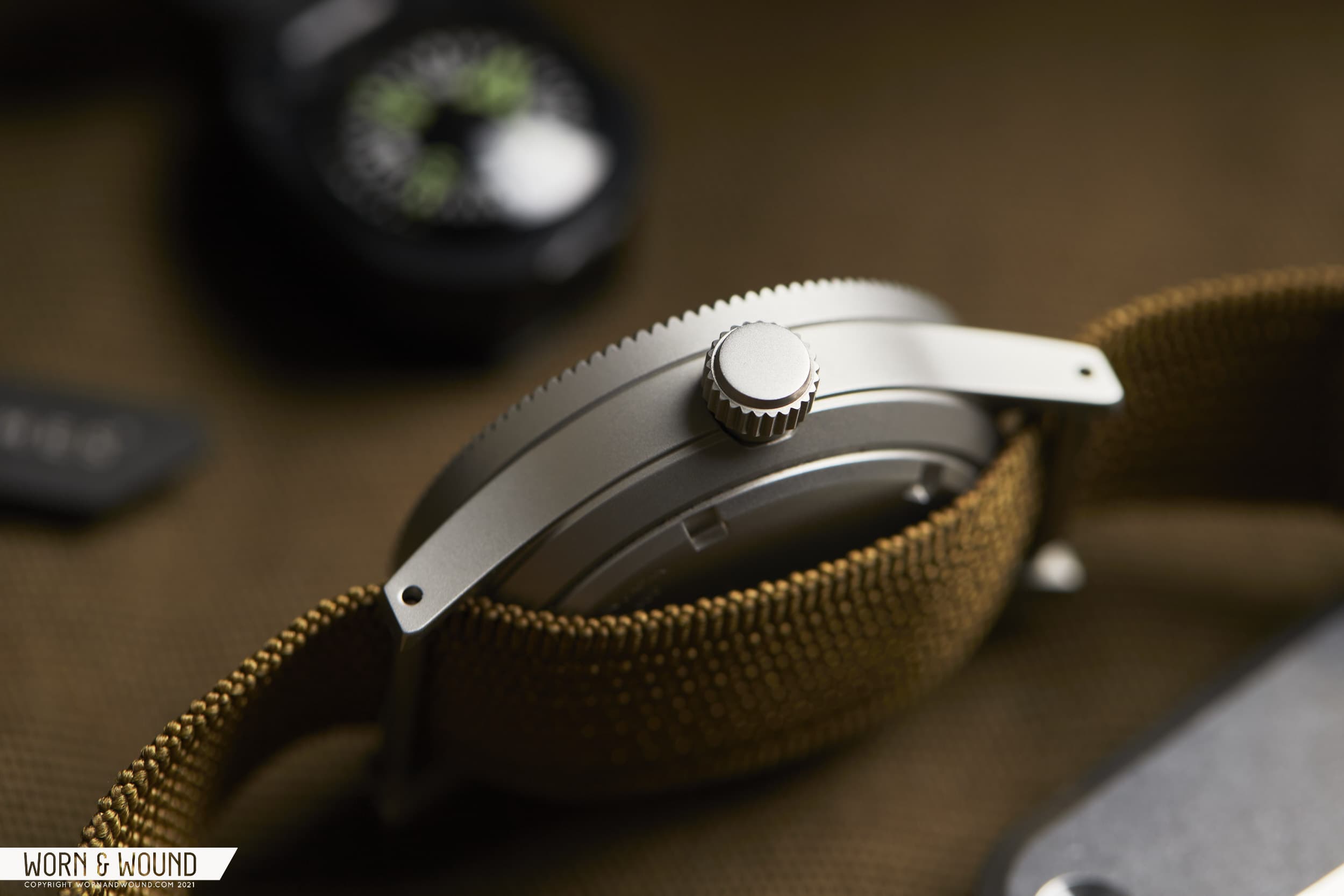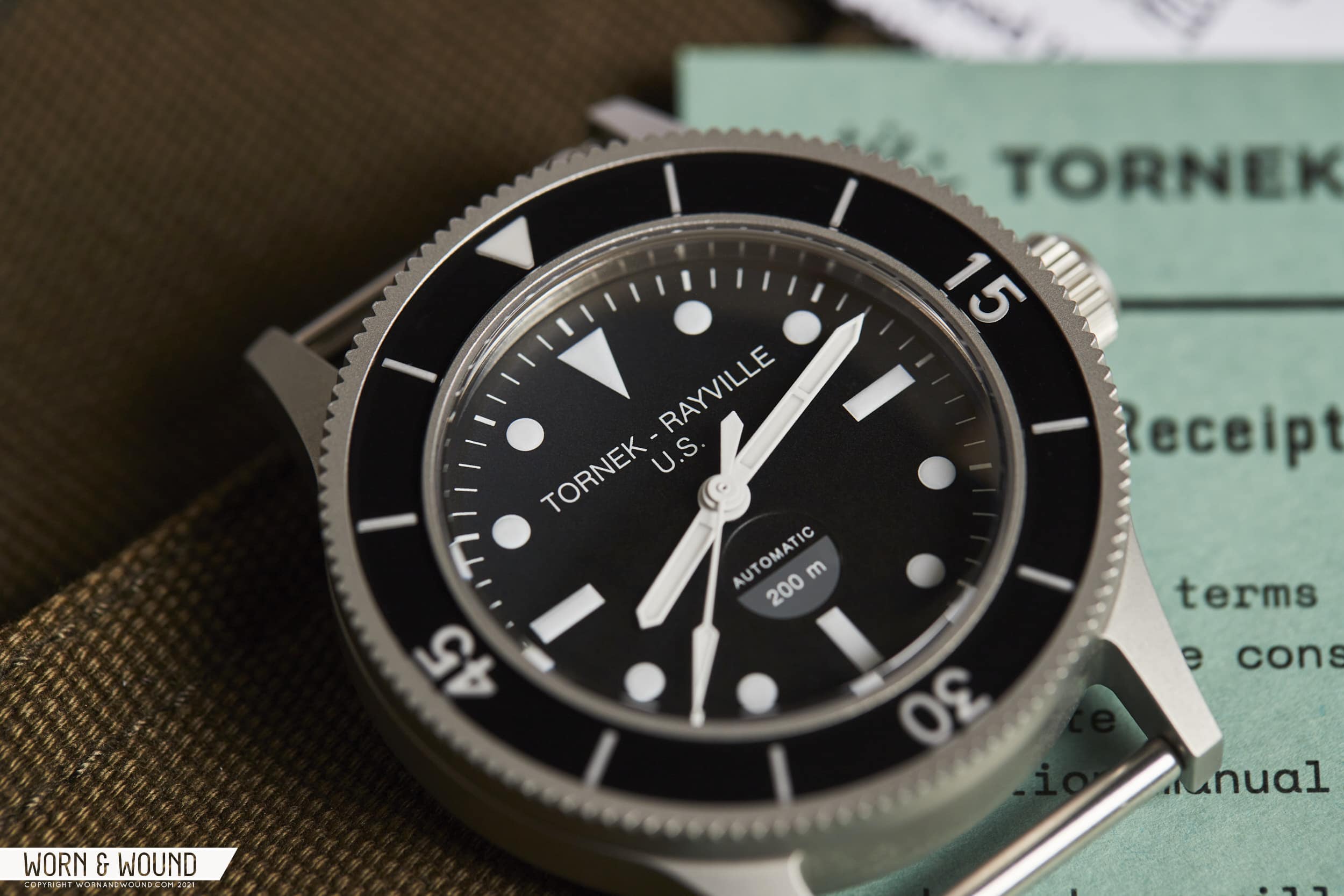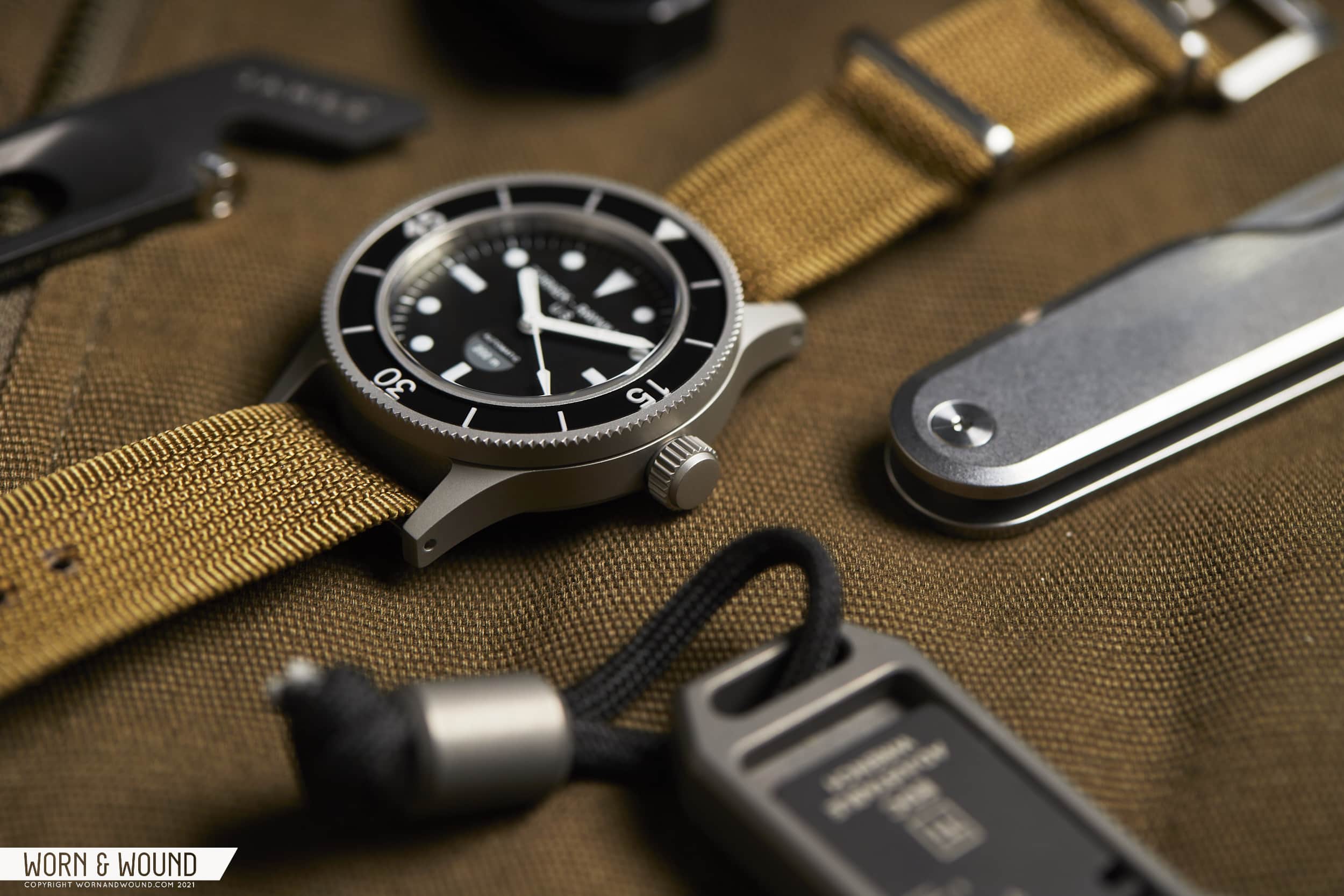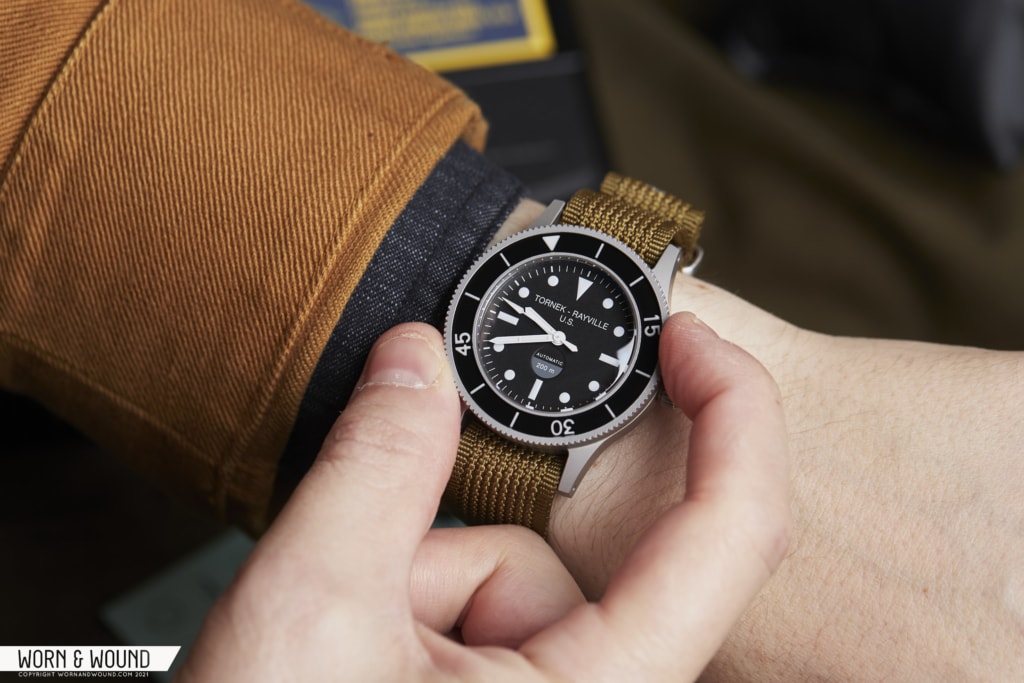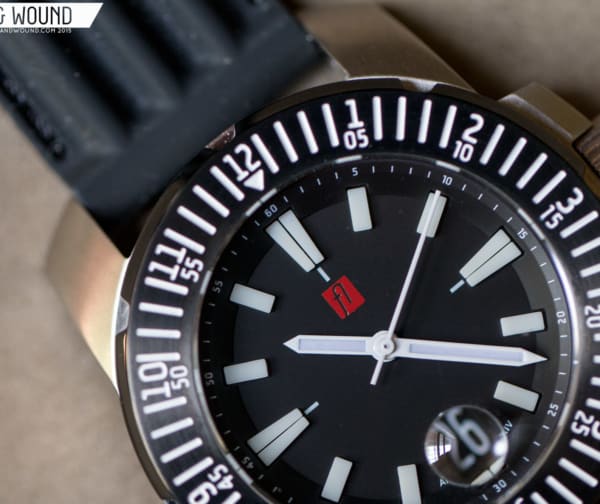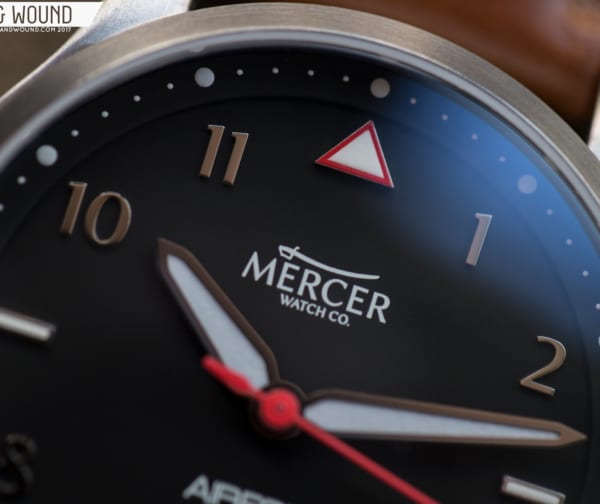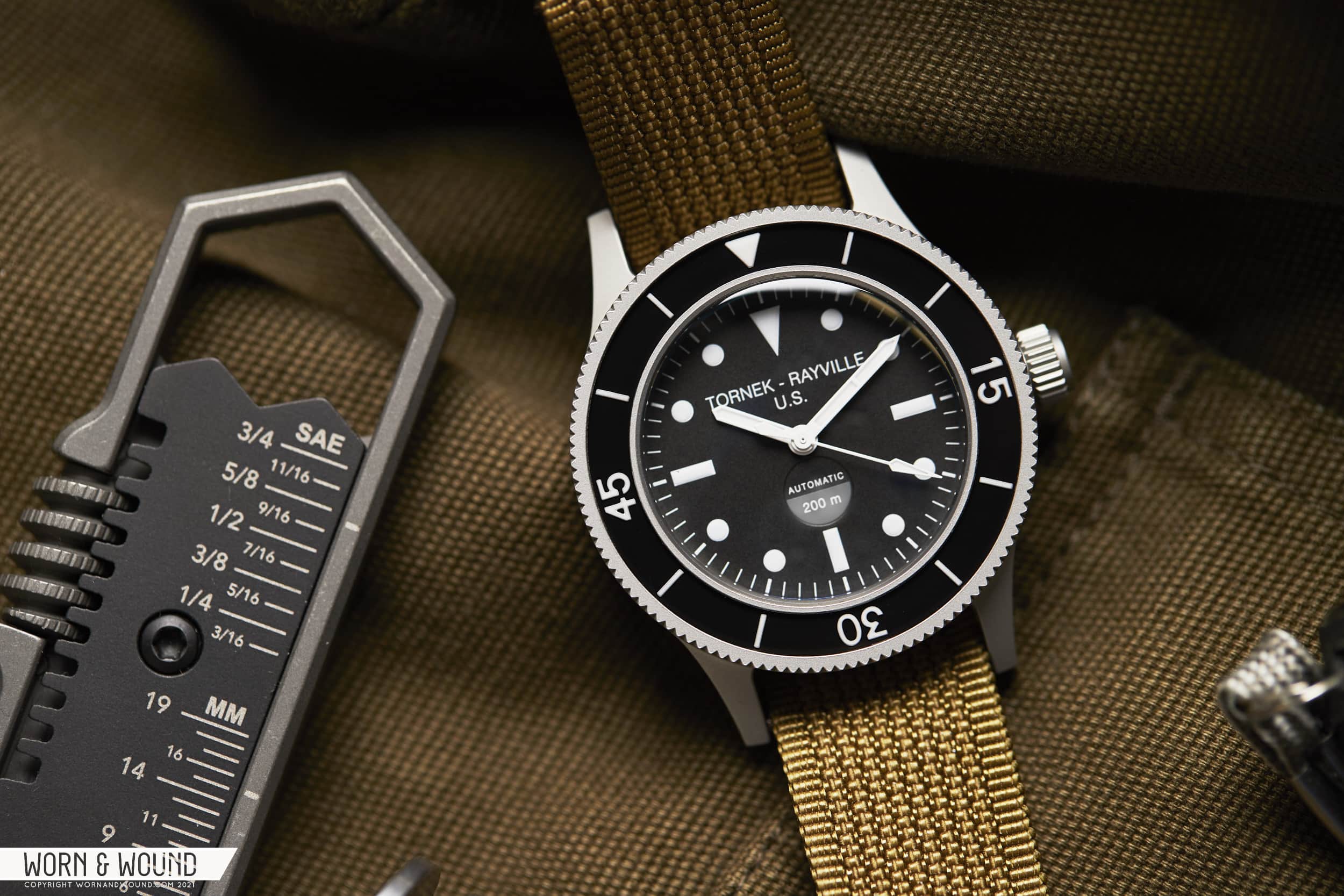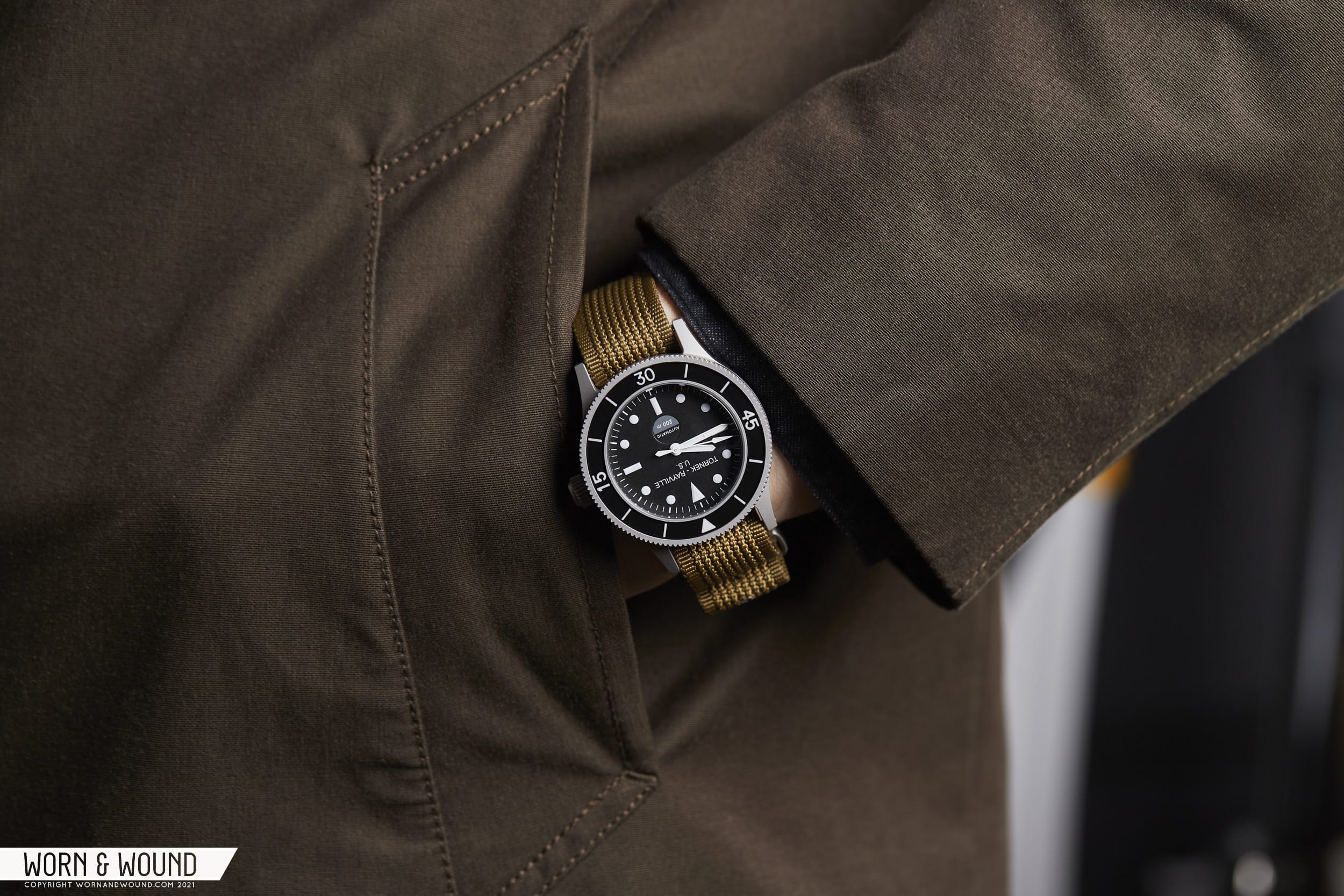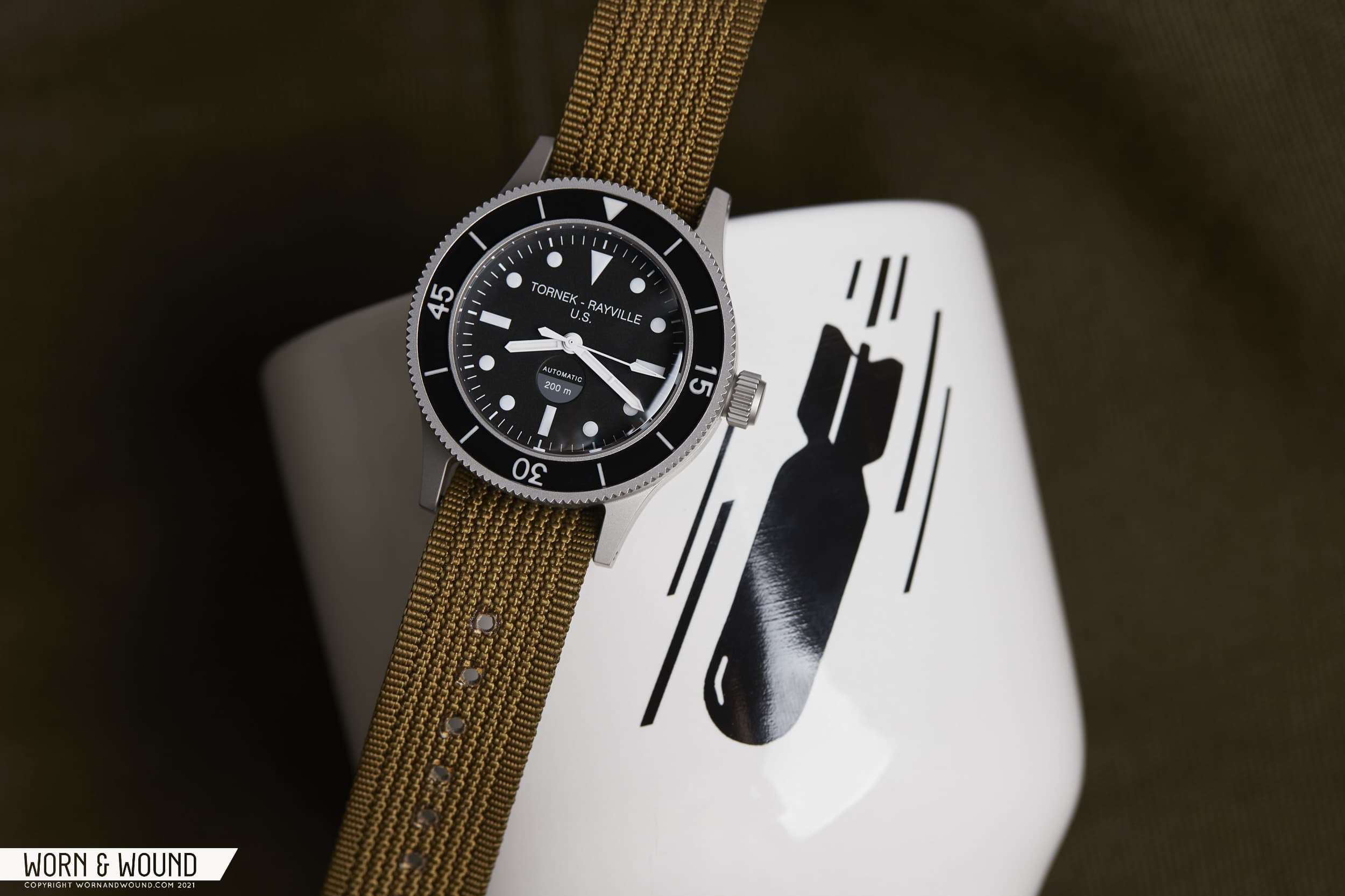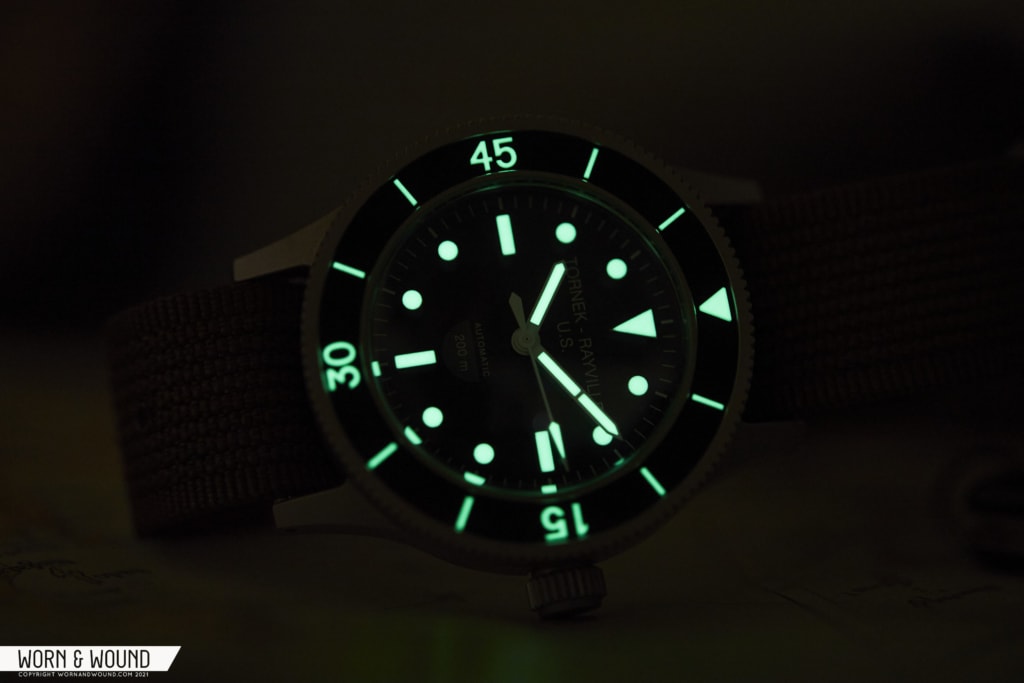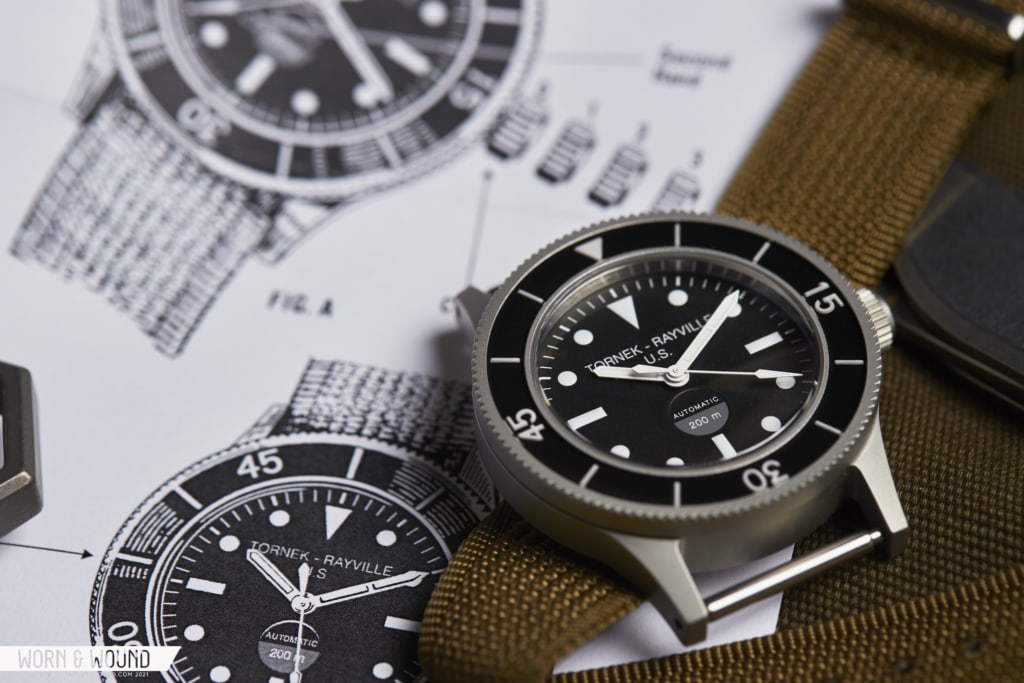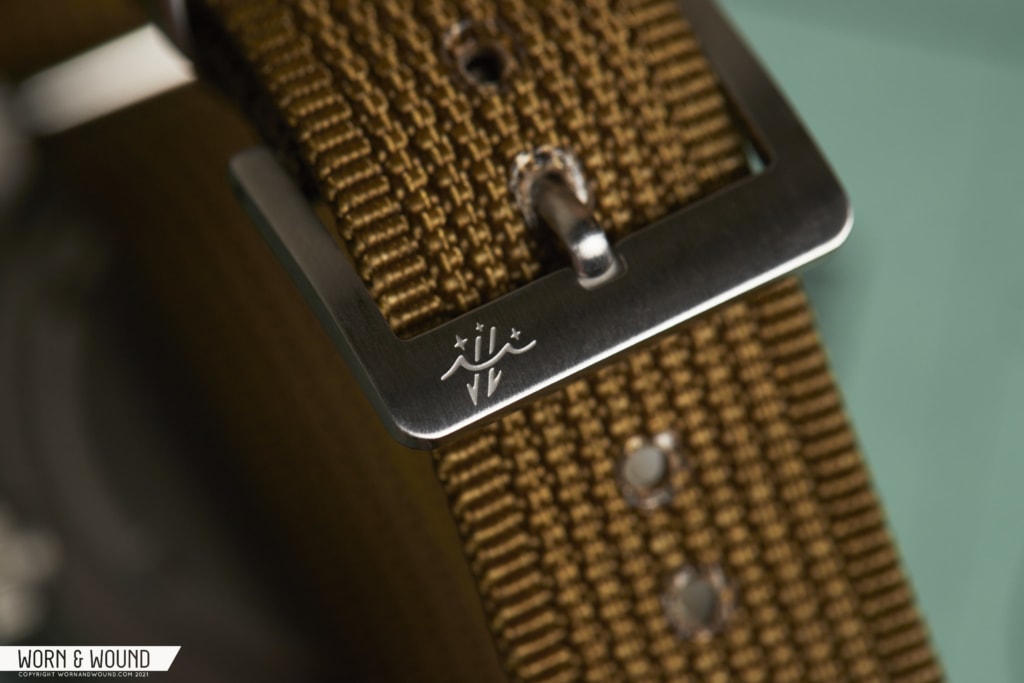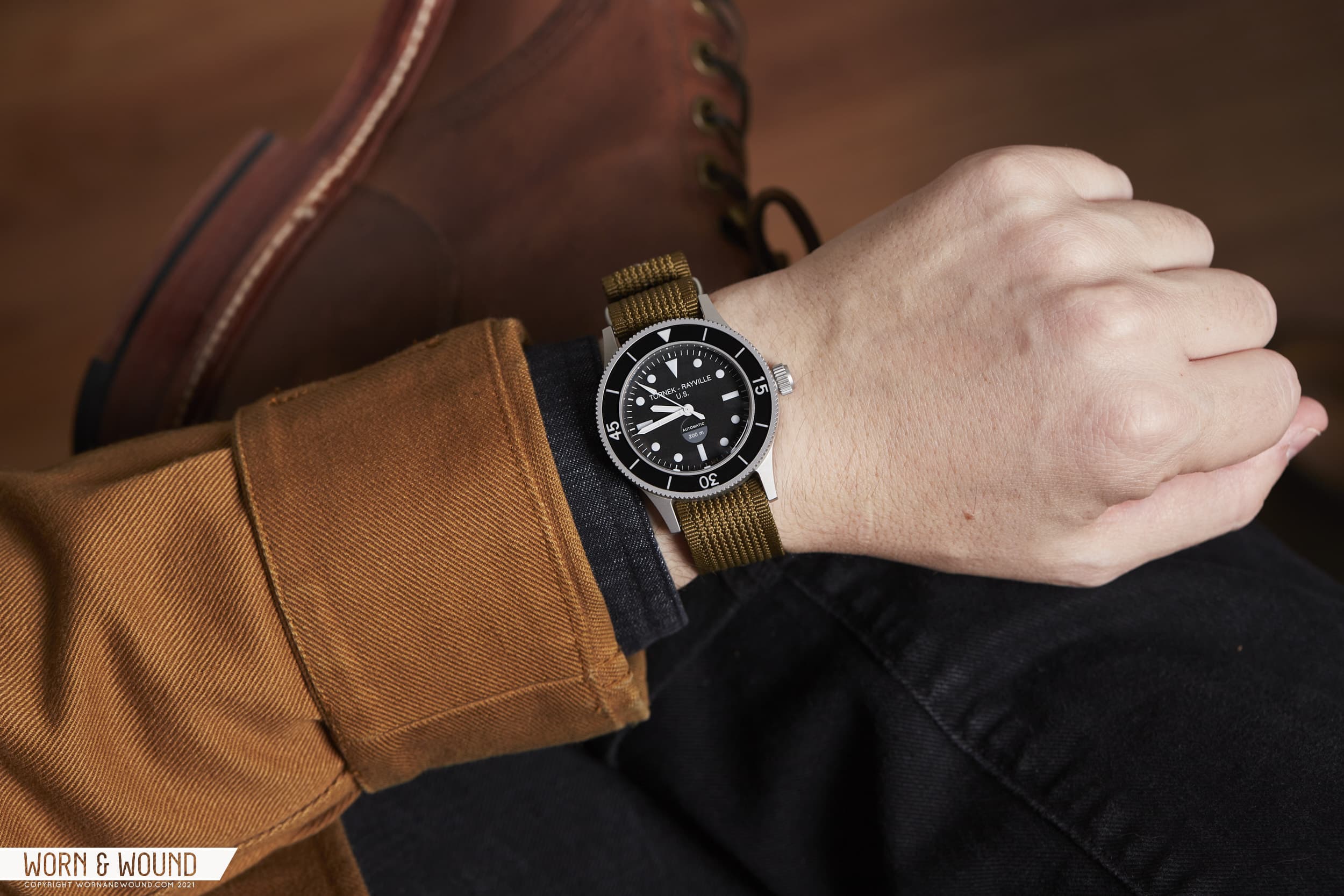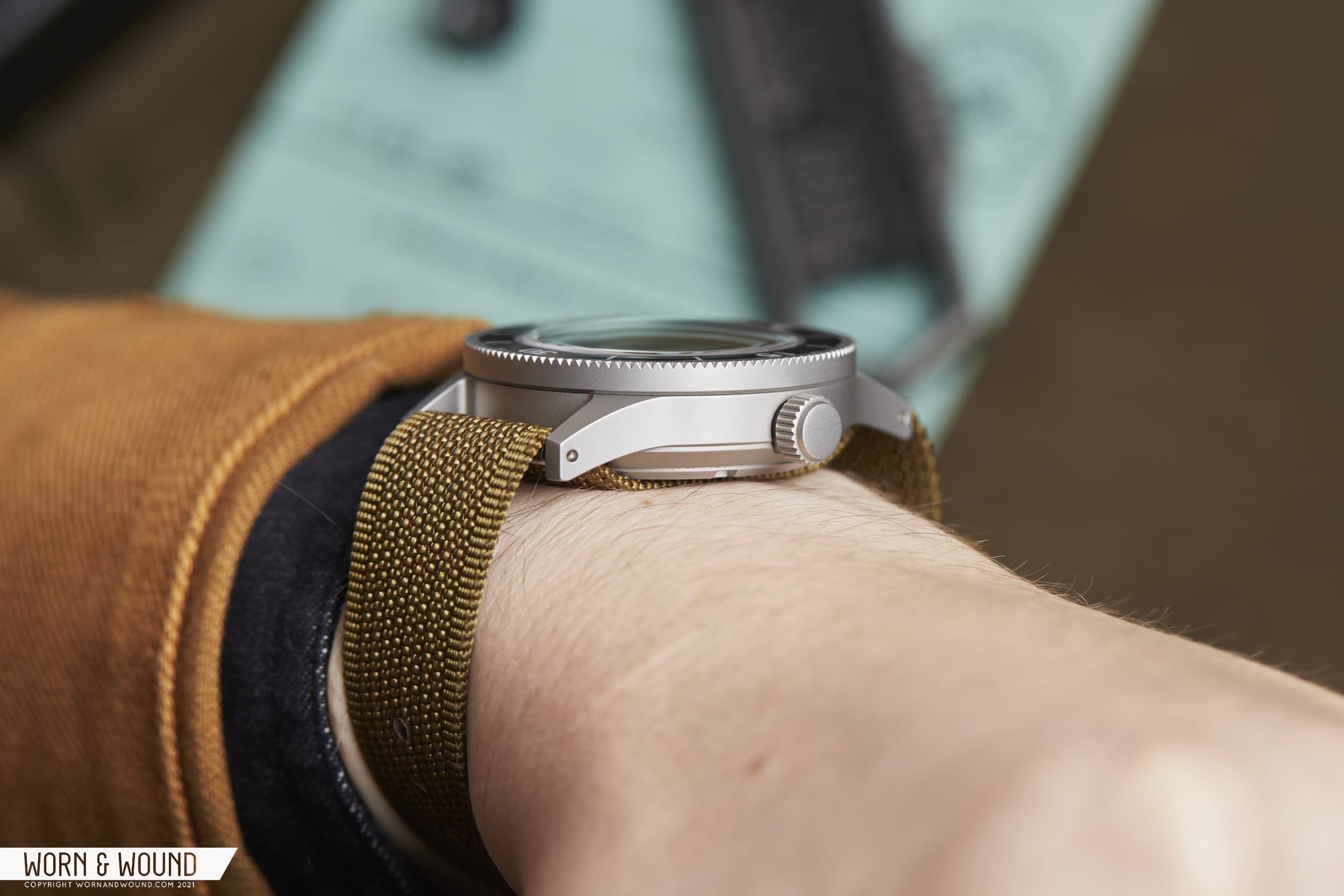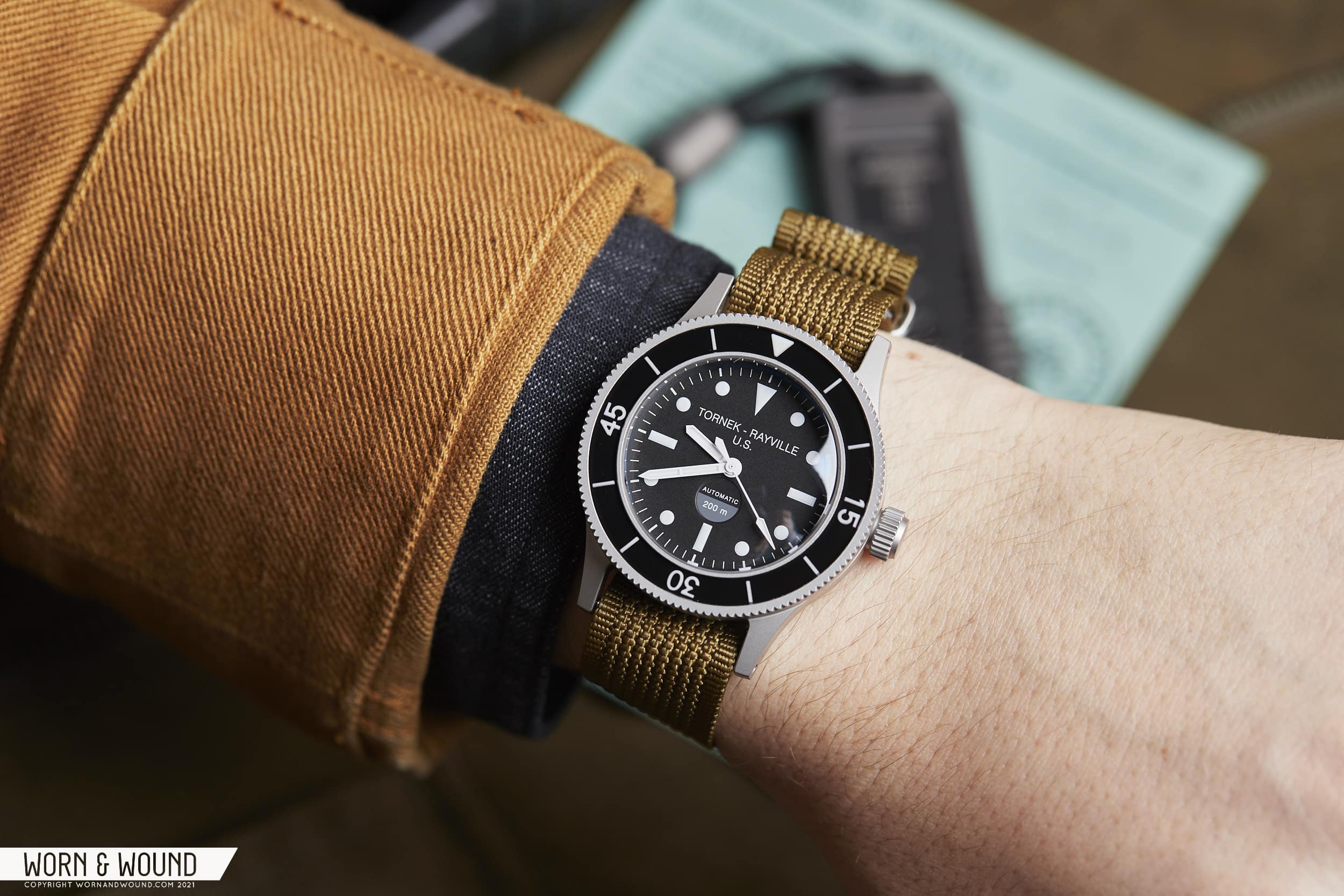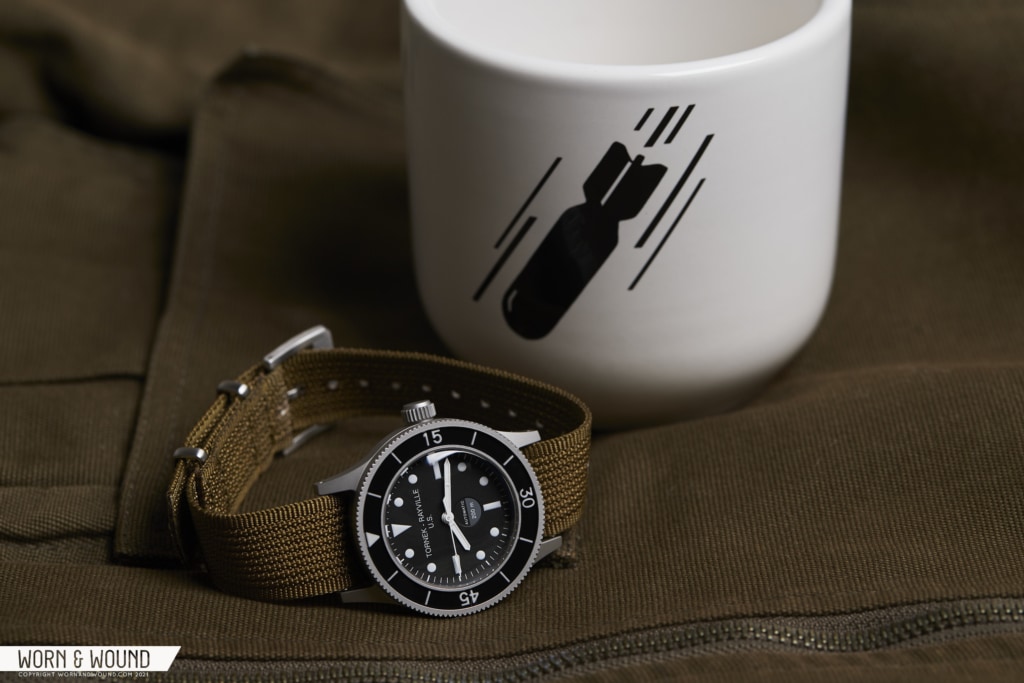Sometimes, it’s hard to even know where to begin when reviewing a watch. Do you start with the brand? The history? The watch itself? The hype it has created? They’re all “ins”, and yet, none feel quite right for the Tornek-Rayville TR-660. While on its surface, one could describe the TR-660 as merely an homage (in the classic sense) to a historical watch by a resurrected brand name, after recently speaking to Bill Yao of MKII, and now Tornek-Rayville fame, I’m fairly certain that would do this watch a disservice. What matters isn’t the what here, it’s the why. Why remake this watch? Why do it in a certain way, paying close attention to some details, while changing lanes on others? Why bring back a brand that only existed for a moment at all? If you’re looking for a pure TR-900 homage, this isn’t it. Rather, this is the start of a new life for a brand that barely existed in the first place.
Ok, I guess some context is needed. Blake Buettner did an excellent job at telling the story of the original Tornek-Rayville, the TR-900, when this new version was launched earlier this year. Check that out here, but here’s the tl;dr – in the 1950s Blancpain’s Fifty-Fathoms outperformed other notable brands in testing by the U.S. Navy. Fast forward a bit, and the Vietnam war is in full effect. Watches are needed for the Navy’s experimental divers and demolition teams, and the Fifty-Fathoms is a great choice, except for the fact that it’s Swiss. A clever Blancpain distributor named Allen V. Tornek devised a plan to work around the “Buy American Act” by rebadging Blancpains as Tornek-Rayville and replacing some parts with locally sourced versions (evidence of which is hard to come by).
The real story is more complicated, as these things tend to be. Conveniently, Bill Yao isn’t just the owner of the Tornek-Rayville name, he’s also thoroughly a nerd for military watches, so here’s some interesting tid-bits I learned. These weren’t just rebadged watches, they were essentially made from scratch to fit a demanding military spec. Part of MIL-W-22176A was for the watches to be nonmagnetic (the back of TR-900s are labeled as such) – which is different from anti-magnetic. The watch itself, and all materials it was made from, could have no magnetic signature. So, the watches were made from special Swedish steel, the hairspring and balance wheel were nonmagnetic as well, and other components too. The lume on the dials wasn’t your standard tritium or radium either, rather it was Promethium 147, which has a half-life of only two years.
Around 1,000 of these watches were made and delivered in two batches, and few survived to this day, likely because many were destroyed once they were returned (“IF FOUND RETURN TO NEAREST MILITARY FACILITY” is emblazoned on the back). Some digging around will lead you to “sterile dial” versions, which according to MWR threads, were likely Navy-refinished TR dials, with the intent to remove the dangerous material. Regardless, vintage TR-900s fetch huge prices from the high five-figures, and even into the low six-figures (I was actually listening in to an auction at Skinner a few years ago where a TR-900 achieved a new record price. You could genuinely hear the shock in the voice of the auctioneer when the final price was settled. I was there for a Speedmaster “Holy Grail” that quickly went beyond my means).
So, what’s the point I’m getting at? Well, the TR-900 is often very closely aligned with Blancpain, for obvious reasons. Yet, while the TR-900 shared a formal language with what was at the time the peak of dive watch design (and to the mil-spec), it was built differently. It was a different watch, and it wasn’t meant to be cherished. It was meant to be used as part of a series of specific equipment that was and for specific tasks and then disposed of. It was military equipment. Hell, it was dangerous. In other words, it wasn’t luxurious, and it wasn’t a luxury product. The brand only existed to make these watches, which were never available to the public. In 2010, Bill Yao released around ten 42mm MKII Stingrays with Tornek-Rayville dials (hence why the TR-660 is “Series 3”), but otherwise, the name collected dust until July 2021.
A lot of lore and mythology gets built up around historic watches. I know as Worn & Wound is part of that process. There is something undeniably fascinating about these stories. About the experimental age of watches that led us to the fairly benign, over-specced watches we wear now. These watches are historically significant. Perhaps their five and six-figure price tags are warranted as such – that’s hard to decipher. But when they were created, the goal wasn’t to be breaking auction-house records half a century later. It was to get a job done, and, one would assume, keep the soldier it was strapped to alive in the process. Moreover, it was used by soldiers from all walks of life, not just those who could afford them. This last point, frankly, is what’s most important to the Tornek-Rayville of today.
Where the Fifty Fathoms has become a luxury dive watch with a price to match, the TR-660 has remained a tool and, to quote Bill, is “only as expensive as it needs to be.” It’s meant to be reasonably accessible so that people, like the soldiers who were originally issued the TR-900, from different backgrounds can buy, wear, and actually use it. At just under $1,000, in the scheme of watches, it achieves that goal. That establishes the why, but also responds to the fact that when launched, some decried that it was made in Japan and used a Seiko NE15 caliber, rather than European manufacturing and movements.
While Swiss vs Japanese is a larger argument that doesn’t belong here (this is supposed to be a watch review, after all), those who know Bill Yao’s work know he doesn’t “cheap out”. In fact, he’s notoriously deliberate (errr, slow going) in his efforts to create the best watches possible at the price. Additionally, this isn’t a TR-900. It isn’t a replica intended to just give you the “experience” of a historic watch. It’s new. It’s building on the past, which is clear in the design (perhaps not always to its benefit), but meant to be a fresh start for the brand. One that is directed by Bill and the team – informed by the past, but not bound to it. If that doesn’t work for you, at this point there are so many brands with similar stories from Benrus to Bulova to Blancpain, that you can find what you’re looking for.
Congratulations if you made it through that intro. Now, let’s look at the damn watch.









 Featured Videos
Featured Videos




